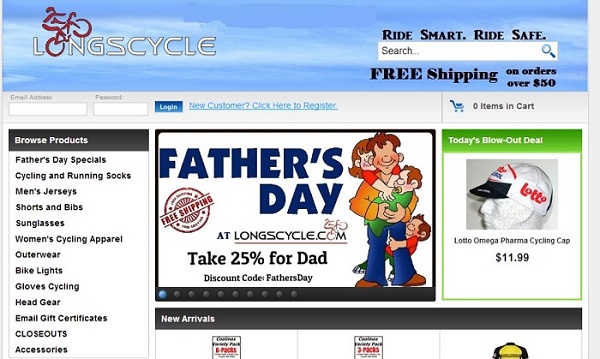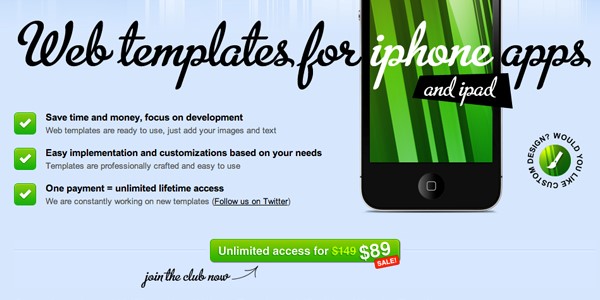Highly successful websites, landing pages, email campaigns and PPC ads all have an effective call to action in common. That’s a fact. It’s the CTA (call to action) button on your landing page that guides the users to goal conversion. An effective CTA urges visitors to buy, subscribe, register, apply, download, vote, share, play and learn more.
Here are a few best practices to help you improve on your CTA efforts.
Whether you are running a PPC campaign or an email marketing campaign, the CTA has to be perfectly aligned to your core objective. Using the right text makes all the difference.
One study showed that using first person increased conversion rates by 90%. A simple “My free trial“ instead of “Your free trial” made all the difference.
Use action oriented text, not the usual “Download here” or “Get Started Here”. If it’s an invitation to visit a video page, limit the CTA to Watch Now, not Learn More. If it’s a loan application, use Apply Now.
Not every visitor to your landing page will a button presser be. Those inclined to press the button need a clear cut call to action telling them to “just do it”. The study quoted above found that simply adding “now” to the copy resulted in a nearly 30% improvement in conversion rates. “Now” – Buy Now. Subscribe Now.
A good example of using “Now” in the CTA:

Emailer buttons are meant to be clicked. So it is imperative that CTAs are clear and compulsive. Do not clutter the copy with a maze of options. Simply show the way. If there are multiple objectives and communication assets, create more than one campaign or landing page, each with its own CTA.
The perfect example of what not to do to a customer:

Not many visitors will click on a PPC ad or banner stating the obvious or obviously exaggerating “facts”. A CTA like Try It Free For 7 Days will always sound more credible than You Need To Try It To Believe It. Show value by stating facts and focusing on user benefits. A confident visitor will take immediate action, so encourage that. Additional information — called a click trigger — provided near the clickable CTA button or text can be beneficial. Click triggers include:
Websites, landing pages and e-mailers have different ways of presenting calls to action. Many effective communication assets present CTAs above the fold where almost 80% of visitors spend time. Color and design are of equal importance. Maximize the use of white space around the button to highlight it. Use contrast and flow to good effect.
Good button design is imperative. “In your face design” is not to anyone’s advantage, depending on the product and target audience. Placement and prominence are the keys to high call to action conversion rates. The bottom line is engagement.
An example of flow, design and contrast:

Design a call to action button that’s both interesting and inviting. It should stand out and grab the visitor’s attention. Try some relevant embellishments (like an arrow pointing to the button) or animations (CTA and click trigger on the same button). More breathing space and button text in large fonts attract attention. Never forget to place alt tags for email buttons, or convert them into complete text, so the call to action never gets missed even if the images don’t load.

Last but not least, run tests to understand what works or does not. Do A/B testing and retain what works.
Here’s wishing that your CTAs keep converting! If you want to know how we integrate calls to action to create high converting marketing assets at Position2, drop us a line.
And if you have any new CTA ideas, please share them here for the benefit of our readers.